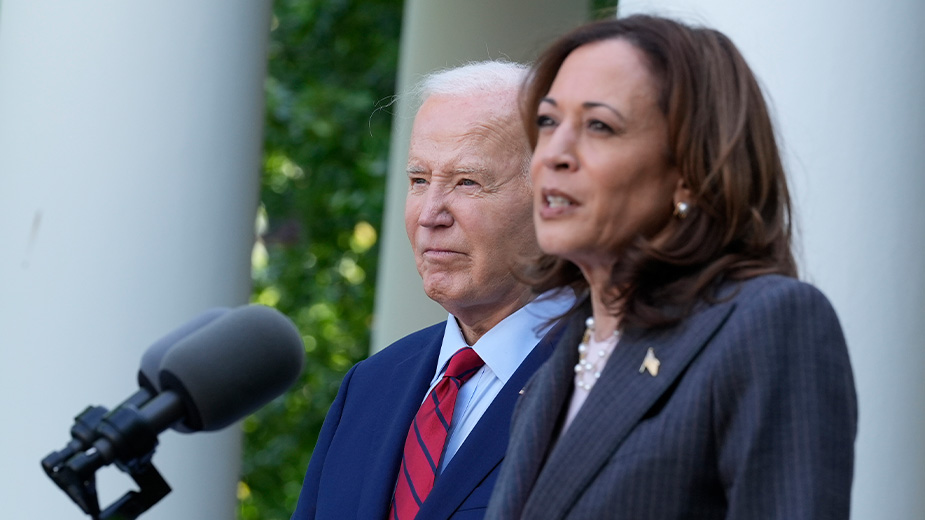‘Re-Regulation’ Hurts Public, Business, Energy Exec Says
YOUNGSTOWN, Ohio – An energy executive whose company is building a $900 million gas-fired electrical generation plant in Lordstown says abandoning deregulation in the energy market stands to cost consumers billions of dollars each year, staunch industrial development, and drive independent energy producers like his out of business.
“The utilities have tried and failed to compete in a marketplace that is competitive,” Bill Siderewicz, president of Clean Energy Future LLC, told reporters on a conference call Thursday.
Should Ohio move to re-regulate, it would drive costs up for consumers and present a roadblock for future industrial development in Ohio, Siderewicz said.
“Relative to other states, the cost of energy is quite reasonable,” he said, and allows commercial and industrial consumers to shop for the best prices. “That’s what attracts them to Ohio.”
As an example, he cited the potential of the Mahoning Valley attracting companies from Taiwan and China because of the low cost of energy in the region. One company, he noted has designs to build a new, 850,000-square-foot facility somewhere in the United States.
Amazon has expressed its desire to locate to Ohio because of the state’s low-cost of energy, while two chemical companies have said they would like to locate near a $900 million plant the company is building in Oregon, Ohio, to produce methanol.
Ohio’s major electrical utilities – namely FirstEnergy, American Electric Power, and Dayton Power & Light – have lost money because their expensive, outdated production plants can’t compete with new, fuel-efficient plants that are able to produce electricity at a lower cost, Siderewicz said.
He said these utilities have lobbied state legislators to consider “re-regulating” the industry through new measures that would all but squash deregulation and competition in the state, reverting to an era when the utilities held a monopoly over energy production.
“Companies like ours, which is a non-utility company, were allowed to come in and generate electricity,” he said. “The system has been set up purposely and solely to benefit rate payers.”
Siderewicz cited a study released by Ohio State University that concluded Ohioans save up to $3 billion a year in an unregulated market.
Moreover, Siderewicz said that the big utilities had opportunities to modernize their plants, but employed old technology and old thinking and failed to do so. Meanwhile, independent producers moved in and successfully developed plants that were more efficient and have developed more than 11,000 megawatts of power in the state, he said.
“We have seen the cost of electricity for the customer come down, because we have competition,” he said.
Siderewicz charged that the major utilities have resorted to “pay-to-play” tactics – that is, using revenues to fill campaign coffers of federal and state lawmakers. “You pay knowing that someday you have to come back and ask that party to vote in a particular way to support their position,” he said.
In short, Siderewicz said that re-regulation would amount to a bailout of about $100 billion to these utility companies. “They want to be paid fully because their plants are junk and they have costs that are twice ours,” he said. “They want to kick us out of Ohio.”
No formal piece of legislation, to Siderewicz’s knowledge, has emerged regarding any restructuring of Ohio’s utility laws.
However, during a conference call with analysts discussing AEP’s 2016 financials last week, CEO Nicholas Akins said that there are early drafts of legislation circulating around the Statehouse in Columbus. “We’ve got to make sure that an industry restructuring package is transparent enough and people will understand it,” he noted.
To rally support behind deregulation, Clean Energy Future has launched a new campaign to inform consumers about the consequences of re-regulation, Siderewicz noted. The campaign has a new website that can be accessed at www.OhioUtilityBailout.com.
Clean Energy Future is building a $900 million electrical plant in Lordstown and has designs to construct another plant at the same site on Henn Parkway. Both plants would generate electricity through a combined-cycle natural-gas/steam turbine system and produce enough power to serve 1.6 million homes.
Siderewicz said his company has invested in five plants across the state, representing $4.5 billion in new capital, 4,800 construction jobs, 125 new full-time jobs resulting in an overall economic development impact of $65 billion.
Copyright 2024 The Business Journal, Youngstown, Ohio.



